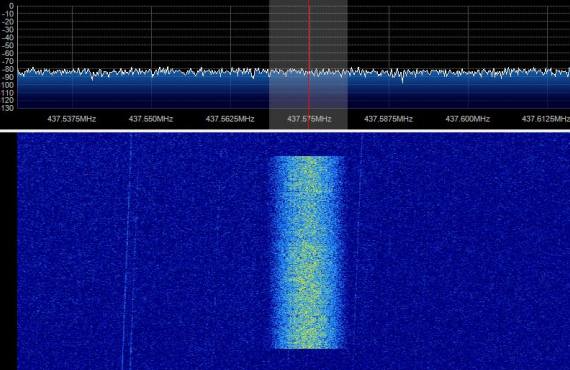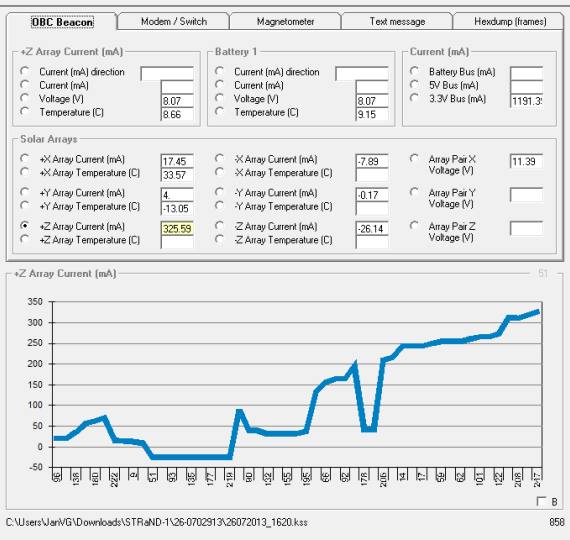UZ7HO has updated his Sound-Modem software. The current version is 0.83b. Below a part of the latest changes.
SoundModem v0.83b changes:
- Added 12 dB PreEmphasis filter.
- Added 3 parallel decoders with NONE, 6 and 12 dB preemphasised signal.
By default this option is ENABLED ("PreEmphasis filters - All" in "Modems"
menu). On both (http://wa8lmf.net/TNCtest/) WA8LMF's Track1 and Track2 records
1021 frames are decoded.
- Fixed some minor bugs.
Pre-emphasis
In processing electronic audio signals, pre-emphasis refers to a system process designed to increase (within a frequency band) the magnitude of some (usually higher) frequencies with respect to the magnitude of other (usually lower) frequencies in order to improve the overall signal-to-noise ratio by minimizing the adverse effects of such phenomena as attenuation distortion or saturation of recording media in subsequent parts of the system. The mirror operation is called de-emphasis, and the system as a whole is called emphasis.
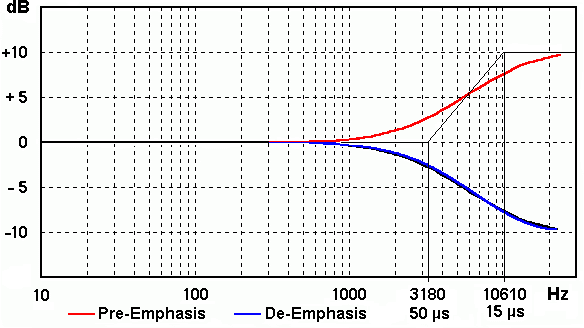
Pre-emphasis is achieved with a pre-emphasis network which is essentially a calibrated filter. The frequency response is decided by special time constants. The cutoff frequency can be calculated from that value.
In high speed digital transmission, pre-emphasis is used to improve signal quality at the output of a data transmission. In transmitting signals at high data rates, the transmission medium may introduce distortions, so pre-emphasis is used to distort the transmitted signal to correct for this distortion. When done properly this produces a received signal which more closely resembles the original or desired signal, allowing the use of higher frequencies or producing fewer bit errors.
Source: Wikipedia

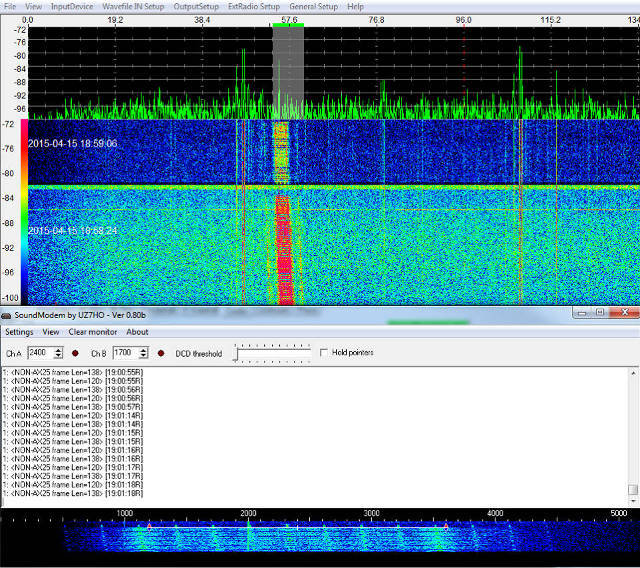
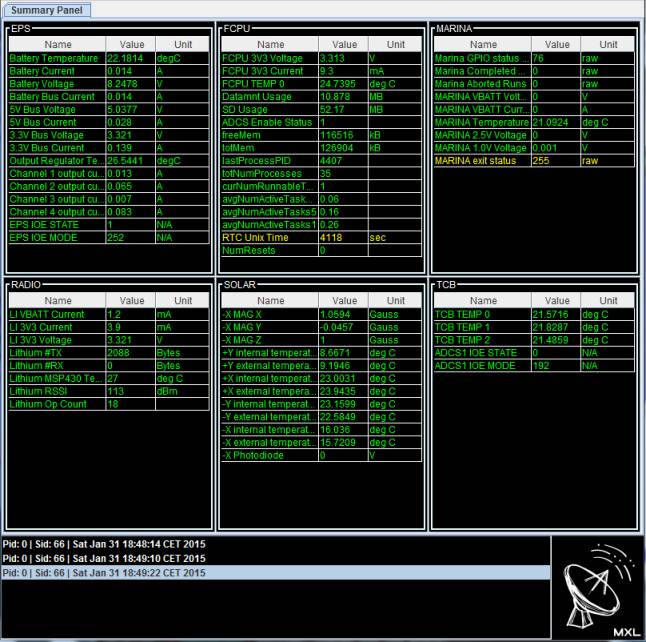
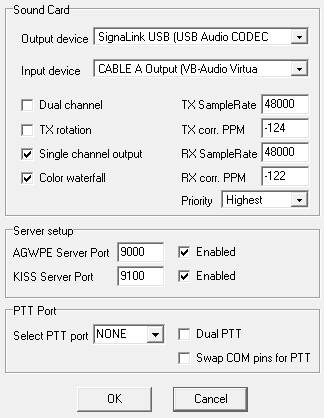 I used the UZ7HO
I used the UZ7HO 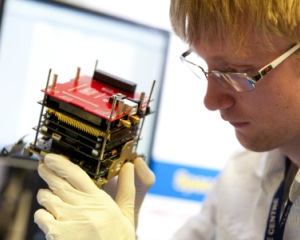 Just last weekend at the Amsat-UK Collegium, I heard Dr. Chris Bridges say that it would probably be November before we would hear STRaND-1 again, in that period the satellite would go in eclipse causing the system to reset.
Just last weekend at the Amsat-UK Collegium, I heard Dr. Chris Bridges say that it would probably be November before we would hear STRaND-1 again, in that period the satellite would go in eclipse causing the system to reset.